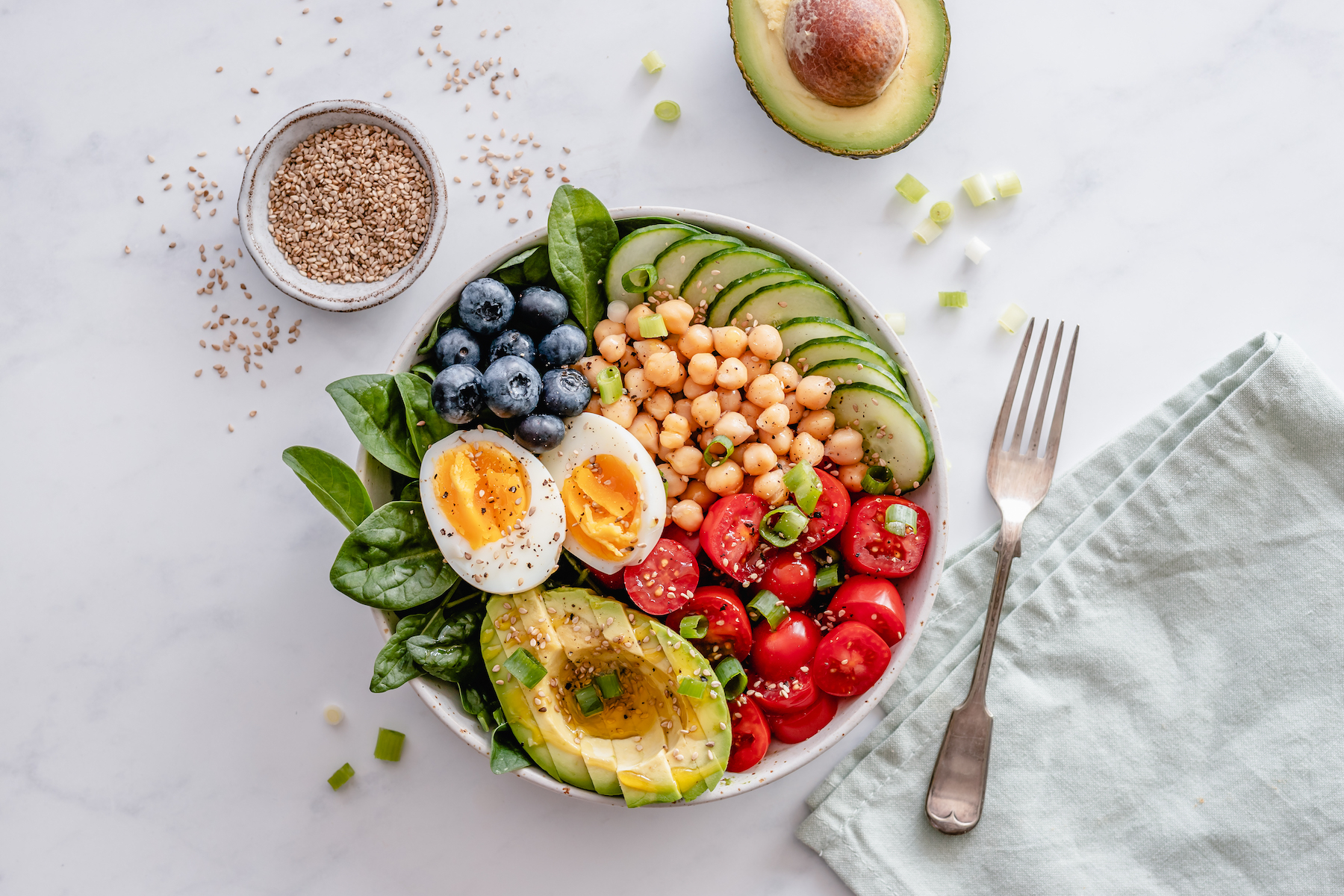Understanding Macronutrients: Protein, Carbs, and Fats Explained
When it comes to fitness and nutrition, it’s easy to get lost in the noise—low-carb this, high-protein that, or cutting fats entirely.

Recent Blogs
- Top 10 Compact Cameras for Travel Photography in 2025
- Strength Training for Beginners: A Simple Guide
- Designing Interiors with Mood in Mind
- 5 Tips and Tricks for the Aspiring Fashionista
- How to Create a Calm & Inviting Home: All You Need to Know
- The Ultimate Guide to Choosing the Best Football Shoes
- The Science Behind Collagen: Does It Really Work?
September 25 02
When it comes to fitness and nutrition, it’s easy to get lost in the noise—low-carb this, high-protein that, or cutting fats entirely. But to fuel your workouts, build muscle, burn fat, and maintain long-term health, you need a solid understanding of macronutrients—the three main nutrients your body needs in large amounts: protein, carbohydrates, and fats.
Each of these macronutrients plays a unique and essential role in how your body functions, especially when you're active. Let’s break them down in simple terms.
What Are Macronutrients?
Macronutrients, often called "macros," are nutrients your body uses in large quantities to provide energy and support bodily functions. Unlike micronutrients (vitamins and minerals), macronutrients are needed in gram amounts and make up the bulk of your daily caloric intake.
The three primary macronutrients are:
- Protein (4 calories per gram)
- Carbohydrates (4 calories per gram)
- Fats (9 calories per gram)
1. Protein – The Building Block
What it does:
- Builds and repairs muscles and tissues
- Supports enzyme and hormone function
- Essential for immune health
- Helps preserve lean muscle during weight loss
Best sources:
- Chicken, fish, beef
- Eggs
- Dairy (yogurt, cheese, milk)
- Lentils, beans, tofu, tempeh
- Protein powders (whey, casein, plant-based)
How much you need:
- General guideline: 1.2–2.0 grams per kg of body weight
- More if you're actively building muscle or training intensely
Signs you're not getting enough:
- Fatigue and muscle weakness
- Slow recovery after workouts
- Hair thinning or brittle nails
Fitness Tip: Include a protein source in every meal to aid muscle repair and satiety.
2. Carbohydrates – The Primary Fuel Source
What they do:
- Provide quick energy for workouts and daily activity
- Fuel brain function
- Replenish glycogen stores in muscles after exercise
- Support hormone balance
Best sources:
- Whole grains (oats, rice, quinoa)
- Fruits and vegetables
- Legumes
- Dairy
- Starchy veggies (potatoes, sweet potatoes)
Simple vs. Complex Carbs:
- Simple carbs: Quickly digested, short energy burst (sugar, white bread)
- Complex carbs: Slower digestion, sustained energy (brown rice, oats, whole wheat)
How much you need:
- Depends on your activity level
- Active individuals may need 45–60% of total daily calories from carbs
Signs you're not getting enough:
- Low energy or brain fog
- Poor workout performance
- Cravings for sugar or junk food
Fitness Tip: Time your carbs around workouts—fuel up before and replenish after for optimal recovery.
3. Fats – Essential for Hormones and Health
What they do:
- Support brain and nerve function
- Help absorb fat-soluble vitamins (A, D, E, K)
- Provide long-lasting energy
- Maintain hormone balance and cell health
Best sources:
-
Avocados
-
Nuts and seeds
-
Olive oil, coconut oil
-
Fatty fish (salmon, mackerel)
- Nut butters
Healthy vs. Unhealthy Fats:
- Healthy (unsaturated) fats: Avocados, nuts, olive oil
- Unhealthy (trans and excess saturated fats): Fried foods, processed snacks
How much you need:
- Around 20–35% of your daily calories
- Prioritize quality over quantity—focus on whole food sources
Signs you're not getting enough:
- Dry skin and hair
- Hormonal imbalances
- Poor concentration
Fitness Tip: Don’t fear fats—just avoid the fried, heavily processed ones.
How to Balance Your Macros
The “ideal” macronutrient ratio depends on your goals:
For fat loss:
- Higher protein to preserve muscle
- Moderate carbs and healthy fats
For muscle gain:
- Higher carbs and protein
- Moderate healthy fats
For endurance training:
- Higher carbs for fuel
- Adequate protein for recovery
A common starting point for general fitness is:
- 40% carbs
- 30% protein
- 30% fat
But remember—your needs are unique. Tracking your intake using a nutrition app can help you find the best balance for your body and goals.
Final Thoughts
Understanding macronutrients is about more than just hitting numbers—it's about giving your body what it needs to move, recover, and grow. By learning how protein, carbs, and fats work together, you can make smarter choices that align with your fitness goals and support long-term health.
Let me know when to begin the next blog: Pre-Workout Nutrition: What to Eat Before Exercise.
Comment:
Your email address will not be published. Required fields are marked *
Our Top Picks
No products found.








